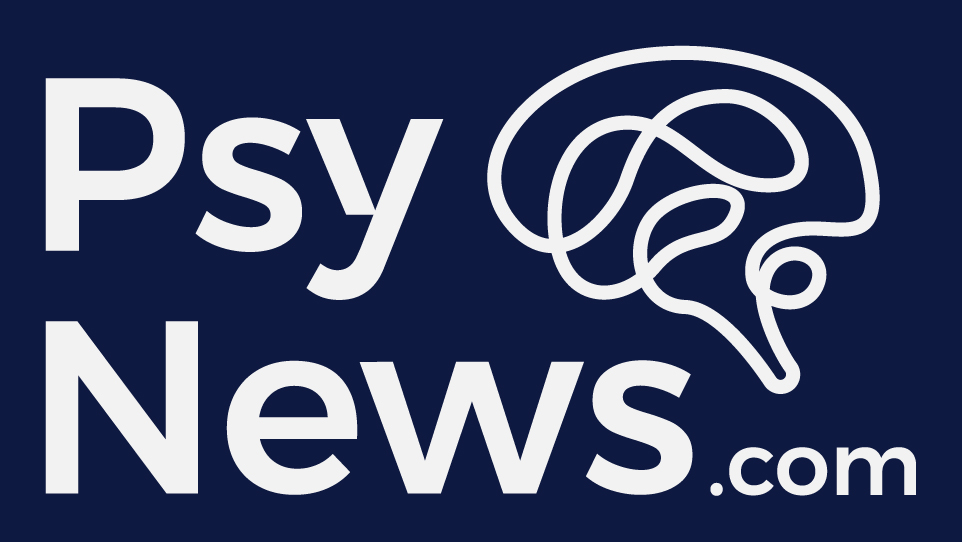By Jake Sherman
Not too long ago, talking in public about the differences between psilocybin and LSD would probably draw some odd looks from people. America’s “War on Drugs” had a strong cultural impact around the world starting from the 1960s. With the government drawing lines in the sand, nuances became black and white. Psilocybin – also known as “magic mushrooms” – and “acid” — short for lysergic acid diethylamide (LSD) – are Schedule I substances, meaning they have potential for abuse and offer no known medical benefit. This alone was enough to stigmatize them for decades. Fortunately, though, that’s quickly changing.
Renewed research into the therapeutic effects of psychedelics makes the difference between psilocybin and LSD more relevant than ever. Scientists are investigating how both compounds combat depression, addiction, PTSD, and other disorders in cases where conventional treatment hasn’t been effective.
Though similar in the fact that they are “psychedelics”, these two drugs are quite different even to the lay observer. One is natural and grows virtually anywhere, while one can only emerge from a specialized lab. And the differences don’t end there – treatment methods, user experiences, and even legislation see the two through quite divergent lenses.
Scientific Distinctions
Both LSD and psilocybin affect the brain’s 5HT2A receptor, which is why people hallucinate under their influence. This same 5HT2A interaction is what helps both substances fight alcohol and drug addiction. But they diverge from there. LSD affects additional receptors (5HT2B/C, 5HT-1, and D1-3) that psilocybin doesn’t, while only psilocin inhibits the 5HT2A transporter.
Is one of the two superior to the other? What are their similar or different applications? Is there a significant gap between how the two treatments feel to the patient?
With a dearth of modern studies comparing the benefits of the two, researchers have just begun to see for themselves. There are now ongoing trials studying and comparing the effects of LSD, psilocybin, and a placebo. They examine the physiological and psychological effects of each, as well as the neuronal effects via MRI brain scans.
While we wait for those results to roll in, here’s a breakdown of some of the shared properties of psilocybin and LSD, as well as what makes them each unique.
Psilocybin – Behind the Magic

There are over 200 varieties of psychoactive mushrooms, but most of the ones we see today are part of the species Psilocybe Cubensis. The mushrooms are dried and eaten, ground up, or brewed into a tea.
Interestingly, the psychedelic effects of these mushrooms derive from psilocin, not psilocybin. Upon ingestion, the liver removes a phosphorous molecule from it, turning it into psilocin, which can then bind with the brain’s 5-HT receptors, part of the serotonin group.
Because psilocin affects serotonin receptors, it can cause feelings of peace and euphoria. It also impacts perception of time, enhances sensory perception, can cause visual or audio hallucinations, and brings about spiritual feelings. Psychedelic effects usually last between four and six hours.
In a therapeutic setting, practitioners harness its properties for long-lasting effects on patients resistant to conventional treatments. The applications are many. Ongoing research shows that psilocybin can be effective in treating depression, addiction, PTSD, anxiety, ADHD, and other conditions. Like other psychedelics, there are very few recorded cases of patients misusing or becoming dependent on psilocybin.
LSD – A Natural History
While Swiss scientist Albert Hoffman discovered the synthetic compound lysergic acid diethylamide in 1938, it actually has natural roots. That’s because LSD is a synthesis of ergot, a fungus that can grow on grains. Ergot’s medicinal properties first appeared in 1582, as midwives used it to speed up the childbirth process. But its history likely goes much farther back than that. Some historians believe that a barley-based drink central to a mysterious ancient Greek ritual contained ergot.
Today, LSD is produced in labs, not grown on grain. Users ingest the compound either as a white powder or clear liquid, neither of which has any taste or smell. It’s also incredibly potent – the average dose is just 100 micrograms.
While LSD has many similar therapeutic applications as psilocybin, there are some differences in how it acts on the patient. Psychedelic effects generally last much longer – 10 or even 15 hours, with a peak and gradual decline several hours in.
Like psilocybin, it can cause euphoria, hallucinations, distorted perception of time, increased empathy, and openness to ideas. It can cause spiritual and philosophical breakthroughs and an increased sense of connection with others. LSD is often called a more “social” drug than psilocybin, which is more inwardly directed and cerebral.
The potential medical applications of both substances are many. Because they can help the brain “unlearn” old, counter-productive thought patterns, they can help treat addiction, depression, anxiety, and other ingrained mental health issues. Research continues to reveal new ways that LSD, psilocybin, and other psychedelics can make a real impact on the lives of people who need them.
The post This is the Difference Between Psilocybin and LSD appeared first on PsyTech.


